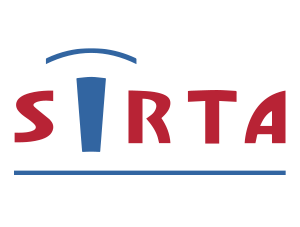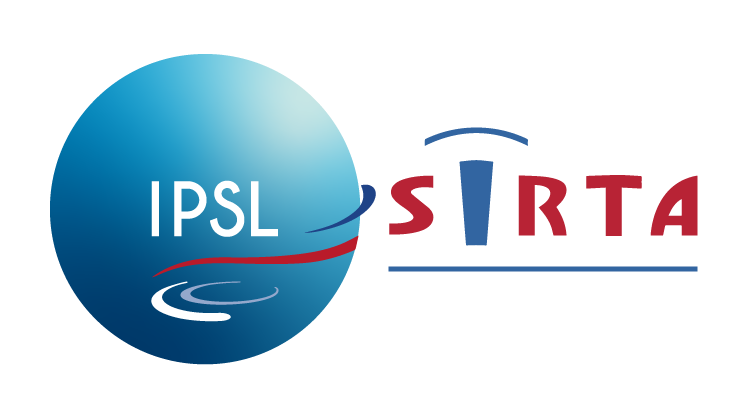HANDS ON TEACHING
Knowledge transfer is one of the main missions of SIRTA and since its beginning, the observatory has been opened to visits, hands-on experiments, practical teaching and data analyses activities. Academic levels range from high school to master degree and PhD. In addition, SIRTA’s observatory welcomes general public activities and visits as well. SIRTA is actively engaged in the pedagogic activities of different universities in the Paris region, developing teaching activities with professors that work in IPSL research labs.
As technologies have evolved, so have pedagogic activities as well as learning devices. Innovation and development of a set of different hands-on tools, demonstrators, as well as real games have been the natural consequence of integrating pedagogic engineering, centered in specific learning outcomes in geophysical processes in the atmosphere and recently, linking those to renewable energy production and management.
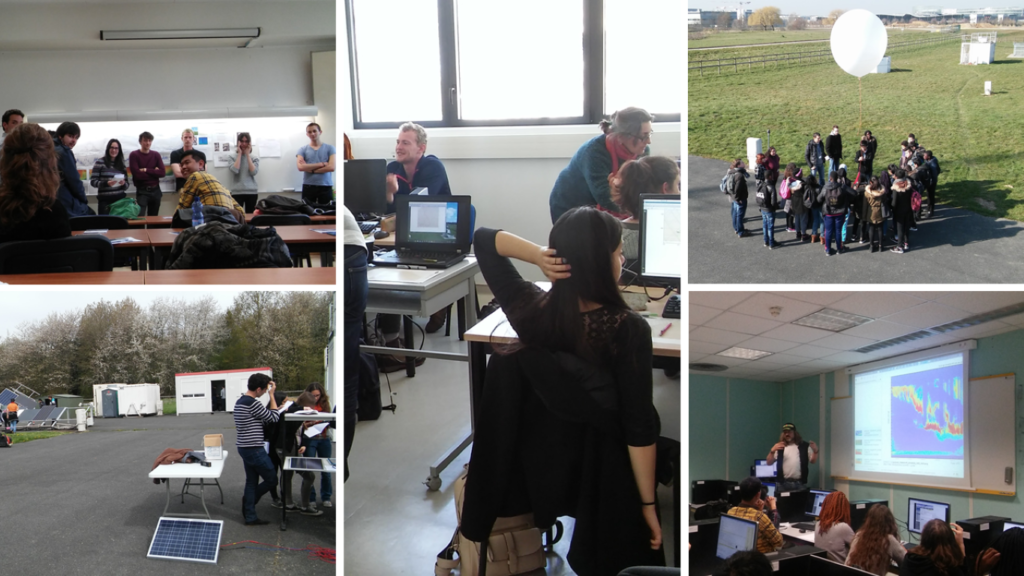
Academia
Most bachelor/master level learning activities at SIRTA are field experimental sessions or hands-on lab sessions around data analysis. General learning outcomes have been for students to :
- Better understand the instrumentation technologies and limitations;
- Analyse data from either in situ or remote sensing instruments and their complementarity;
- Interpret these measurements in the frame of the regional and global dynamics
- Identify atmospheric events through measurement observations, such as dust advection, fog formation/dissipation, pollution peaks, front arrivals, etc.
- Link different sets of data for specific applications like forecasting or renewable energy estimation.
These activities are part of SU, UVSQ, UPSay, ENS, UPEC, UP, Ecole polytechnique, and other universities’ programs, and the masters’ degrees in the Institut Pierre Simon Laplace (IPSL) Climate Graduate School of the IPSL and the Energy 4 Climate interdisciplinary research centre of Institut Polytechnique de Paris (IP-Paris).
Outreach
Indirectly, and as part of the education programs for decision-makers and the executive education programs around the LMD laboratory, the SIRTA observatory has adapted and developed experimental sessions using hands-on activities to allow participants, with different backgrounds, to explore real data and understand their behaviour in different conditions (visual thinking).
Those programs are either offered by the CNRS or the Executive Education of Ecole Polytechnique (IP-Paris Institut).
The teaching experience at SIRTA
TEACHING DEVICES
Teaching activities proposed at the SIRTA observatory, can either be a support for teachers or more complete “learning by doing” experience. From instrumental visits to tools, field experiences or lab sessions, or short-term projects, active pedagogy is deeply rooted in our teaching activities.
At the end of any teaching activity, participants are able to recall the importance as well as the complexity of data processing, ensuring quality standard data before it can be integrated in different international research databases as well as more specific learning outcomes. Different tools and devices can be linked on behalf of the learning outcomes targeted by the teachers.
- Instrumental visits:
Regular visits of the observatory are hosted on teachers’ demand. Here students can see the instruments, the acquisition central as well as the storage computers. Visits can target specific types of instruments, instruments for a specific topic measurements, or can just give a general overview of what a research observatory is and its complexity.
- Experimental sessions / Fields sessions:
Students can either take measurements, or visualise measurements in controlled conditions to better understand their behaviour and limitations. Study cases can be linked to these sessions that can be followed by data analyses in the computer room of the observatory.
- Lab sessions:
Whereas the target is learning a data analyse process or a physical process, any lab session integrates study cases that are to be identified using data analyse programs and visualizations.
- Projects:
A teaching project allows students to work on a specific problem or study case, and deepen in the research experience for a longer period of time (typically a semester). Projects allows students to have a closer to research experience. Supervised by a mentor (professor, PhD student, or equivalent) they will start the project with a state of the art literature research to immerse afterwards in the data as they are asked to study a particular aspect, study case or set of data for a particular goal.
TOPICS
These learning devices can focus on a specific topic linked to the atmosphere or be general. SIRTA teaching devices can focus the following topics:
- Meteorological measurements.
- Atmospheric dynamics.
- Atmospheric sounding.
- Earth-atmosphere energy budget and ground fluxes.
- Air quality.
- Renewable energies ressources.
- Renewable energy technologies.
Learning tools at SIRTA
Remote sensing allows researchers to collect important information about the atmospheric column, at different altitudes, without physically “being” there. The different technologies can be used to measure variables remotely. Radars, Lidars, sodars are remote sensing instruments.
Understanding the physical principles and the measurement bases, allows students to better understand the measurements ranges and limitations, and therefore, better use the obtained data and identify errors.
3 simulators have been developed as learning tools:
- SONAR:
Allows the participants to experience the principle of radiosounding. An ultrasound emitter and a sensor connected to an oscilloscope are at the base of this simulation. The participants acting as targets, intercept the signal as the oscilloscope shows the reflected signal and the time it takes for the signal to arrive at the sensor. Participants see the signal reflection time change as they move closer or further from the emitter. Taking into account simple conversions allows them to estimate their position relative to the emitter.
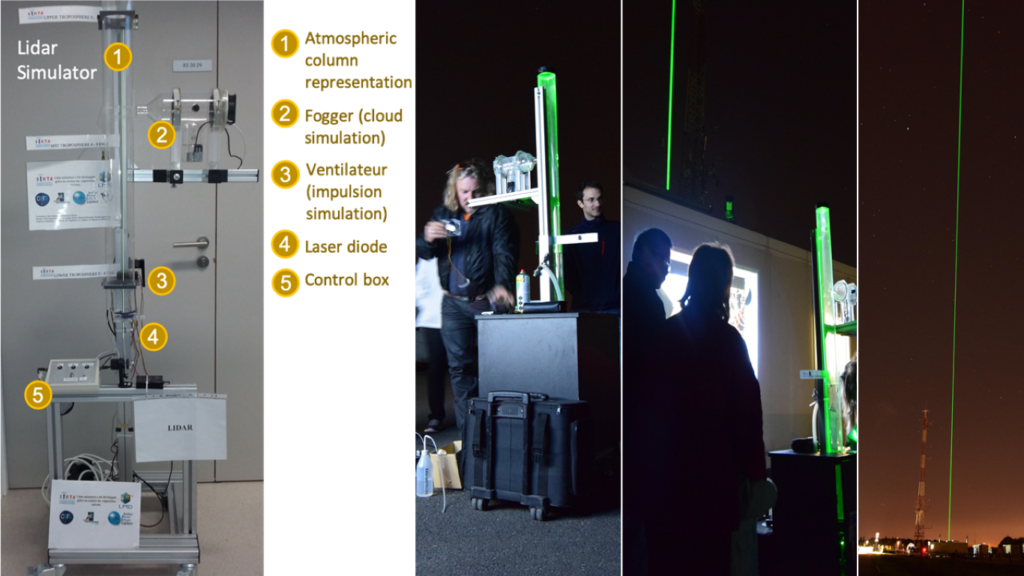
- LIDAR:
The LIDAR simulator illustrates the principles of remote sensing, in particular, the light technologies based measurement instruments. A demonstrator tool was developed. Around this simulator, students can revise their knowledge, and go deeper on the instruments technologies based on the light properties, and how they can be used to measure and what can be measured, and why it is used in atmospheric sciences.The LIDAR simulator is one of the most widely used simulators in teaching and is part of the outreach experimental exposition used in demonstrations as Fête de la Science (section scientific mediation outreach).
Experimental and hands-on setups
The recurrent hands-on activities at SIRTA are:
- Lidar live measurements.
- Measurement of aerosol optical and size distribution properties.
- Measurement of solar irradiance components (direct, diffuse, global)
- Photovoltaic modules study under real-life conditions including two axis tracker manipulation.
- Experimental setups
In-situ measurements of the atmospheric column
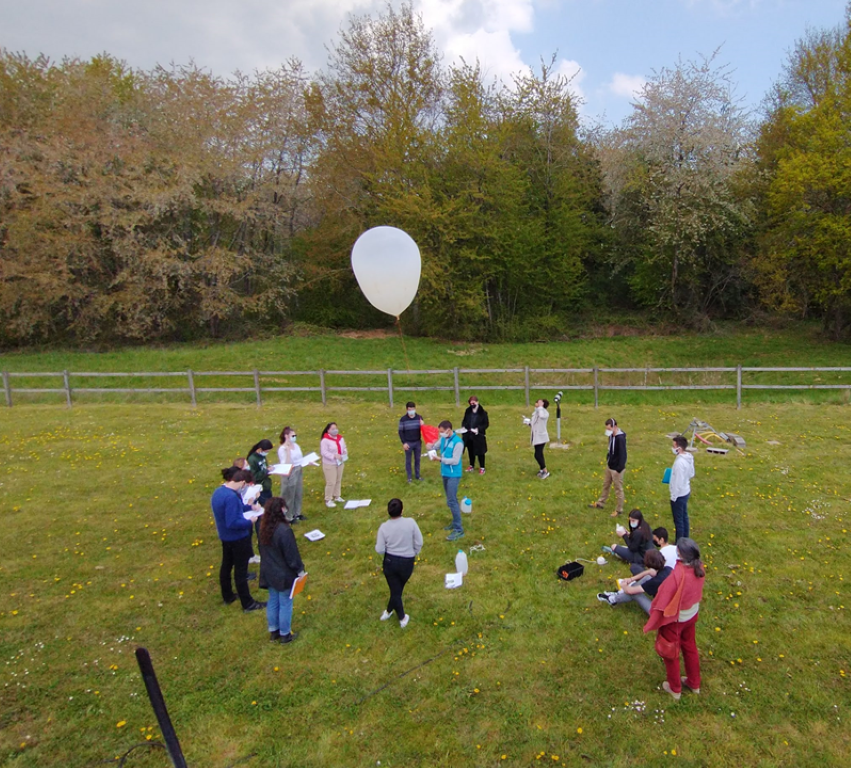
Two set-ups allow participants to explore in-situ measurements in the atmospheric column. This means sensors are taken up in the atmosphere in order for them to measure. Radiosondes are widely used for meteorological measurements around the world. They provide an accurate, high-resolution description of the atmospheric column. They are carried into the air by latex weather balloons filled with helium or hydrogen. The SIRTA radiosondes measure atmospheric pressure, air temperature, water vapor (humidity) and winds (speed and direction) and its position by a GPS receiver so that wind speed and direction can be evaluated. A radio transmitter sends the data back to the ground and students can visualize those measures simultaneously and analyse them in the frame of an experimental session. Tethered balloons are used to sound the lower lower atmosphere. The measurement principle is the same as for the radiosonde but the sensors and the balloon can be pulled up and down, several times during the day to observe the evolution of the atmospheric column or the boundary layer developpement. As they can easily remain more or less in one place, they are ideal to obtain measures at a specific altitude and used, for example, over erupted volcanoes.
Radio sounding technology
The LNA (LIDAR Nuages et Aérosols) is the first LIDAR the observatory had. It is now “retired” from research duties and it is used as a teaching set-up. Its principle is simple : a laser beam of known properties is sent to the atmosphere and we analyse the backscattered signal after its photons have interacted with aerosols and gases in the atmosphere. So, the as any lidar system, consist of several major components: A 1064 nm diode-pumped YAG laser émission à 532 nm ? and an optical set-up monitoring the beam and modulating its properties, A telescope to “collect” the photons, photodetectors as avalanche photomultipliers and photodiodes to convert the collected photons into an electronic signal. These signals can be observed with an oscilloscope.
2. Hands-on setups
Polarisation set-up
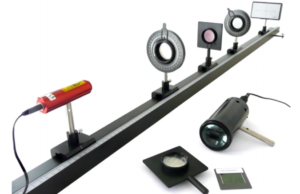
One of the properties of Lidars is that the emitted light is linearly polarized. This property can be changed by the interaction with the atmospheric aerosols. Geometric information on the aerosols can be retrieved from backscatter signal changes in polarization. As understanding these property is important to go deeper on the understanding of lidar measurements, SIRTA has a hands-on experimental setup in which participants can measure the polarization properties of laser diodes, experiment with the malus law, observe the changes in polarization of different elements surfaces.
Radars
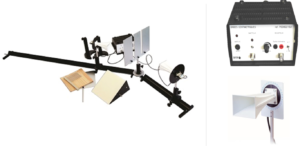
Another important remote sensing instrument at SIRTA observatory are Radars. As LIDARs, they provide atmospheric measurements by remote sensing but using radio waves (centimeter to millimeter wavelengths). This setup take participants to explore the of radar wave emission, propagation and reception by determination of the emitted wave propagation law and antenna qualification, wave propagation behavior in obstacles presence, reflection law, reflection coefficients
LOAC Sensor
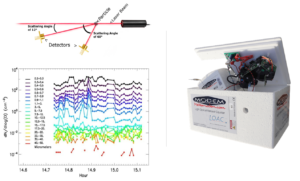
The LOAC sensor is the result of a Private and public collaboration between the CRNS-LCP2E and Environment SA, Meteomodem is in charge of the distribution. It is an aerosol particle counter that also provides their diameter distribution and is used in research for aerosol study in the troposphere, mainly at its surface though it can be attached to a tethered balloon. It is made of a laser beam with two scattering measurement angles, respectively at 12 and 60 ° enabling it to determine the concentration of aerosols (numbers of aerosols per cm3) for 19 size classes between 0.2 and 100 micrometers . The combination of the two measurement angles allows also to determine the typology of the aerosols according to 4 main families of particles (Carbons, Droplets, salt and Minerals. The instrument can be used to document the physical properties of aerosols in the lower and middle atmosphere during specific events like pollution, transported sands, volcanic ashes, and for long-term monitoring.
Microtops
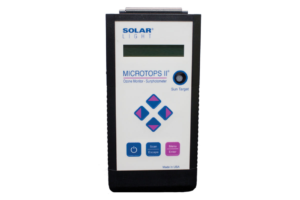
A set of portable light weight sunphotometers can be used to measure direct solar irradiance in five channels of selected wavelengths that allow the participants to evaluate different atmospheric properties: the aerosol optical thickness, direct solar irradiance and precipitable water vapor column. Standard wavelengths to choose from are 340nm, 380nm, 440nm, 500nm, 675nm, 870nm, 936nm, and 1020nm.
PV Tracker
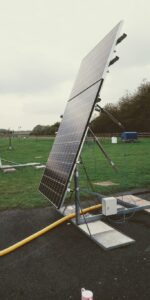
A 2-axis sun tracker is permanently installed on SIRTA photovoltaic (PV) test-bench platform, which hosts several PV modules. The tracker is dedicated for training in small groups activities. Several topics can be addressed such as the solar (azimuth and zenith) angles, irradiance measurement and components analysis, the effect of tilt and orientation on irradiance and photovoltaic power. Moreover, the I-V characteristic curve can be measured for each PV module as well as the module temperature, which allows the analysis of parameters like fill factor, short-circuit current, open circuit voltage, and their dependence on temperature and irradiance. A user interface exists to set the two angles of the sun tracker as well as to perform manual or automatic IV curve, irradiance and temperature measurements for each PV module. Numerical hands-on set-ups for data visualisation and analysis.
Jupiter notebook
As technologies have evolved and have taken part of our everyday lives, they have also given an opportunity to give a more integrative and multisensorial approach in designing devices for teaching. Giving the students the possibility to explore, to visualize data, link it to the physics, the chemistry, to the classroom teachings; to assess the technological limits of measurements, of obtaining data, ot the instruments themselves; and to be able to explore this by themself, to go deeper, allows students to learn but also to be confronted to think critically. Also, as transversality is more and more common whereas in Academia or Outreach teaching, making material relevant and meaningful to students’ diverse interests, goals and backgrounds is a challenge. Jupyter notebook allows the design of learning environments and experiences more meaningful for the participants and for this, it is part of the SIRTA’s pedagogical project. It also allows to share this materials easily with a larger community using the IPSL Gitlab repository: https://about.gitlab.com/
Scientific Mediation Outreach
Visiting SIRTA
The SIRTA observatory can be visited. Every year we host schools from the Paris region, in the frame of specific science discovery programs as F93, Science Essone, or La Main à la Pâte or by spontaneous demands from nearby schools.
It is always a pleasure to contribute to share with the next generations our knowledge on today’s hot scientific topics such as climate change, air quality or renewable energies!
Events
As part of the Ecole Polytechnique, and in the frame of the national event “fete de la Science”, promoted by the French Government (Ministère de l’enseignement supérieur, de la recherche et de l’innovation), SIRTA and the LMD (Laboratoire de Météorologie Dynamique) has developed over the years a set of experiments for scientific mediation which is now a days a regular exposition. It allows the visitors to follow a photon in its path from the sun to the Earth ground as well as the experiment through the experiences of some of the geophysical processes in the Earth’s global energy exchanges. But also to touch and see some of the instruments’ insights and technologies.
This 2 days event opens to schools on friday for a more focused session and on Saturday for everyone, any age, any background.
